The winner of “Most Improved Car for 1970” must have been the Buick GS 455 with the Stage 1 engine, but 1970 was but one year. The next year, General Motors lowered the compression of its engines, and the impressive reign of the Stage 1 was no more . . . or was it? Our Pick of the Day, a 1972 Buick GS Stage 1, gives us reason to examine how Buick weathered the early part of the lean years. It is listed for sale on ClassicCars.com by a dealership in Reading, Pennsylvania. (Click the link to view the listing)
For 1970, Buick upped its big-block 400 to 455 cubic-inches, which now was allowed to be installed in the A-body after years of being limited to 400ci (or, in the early years of the Gran Sport, 401). The 455 in full-size Buicks was rated at 370 horsepower but, when installed in the GS 455, the very same engine was rated at 350 horses. The Stage 1 upgrade was rated at 360, though the true showroom-stock rating was 372 horses per Dennis Manner, the lead engineer on this engine.
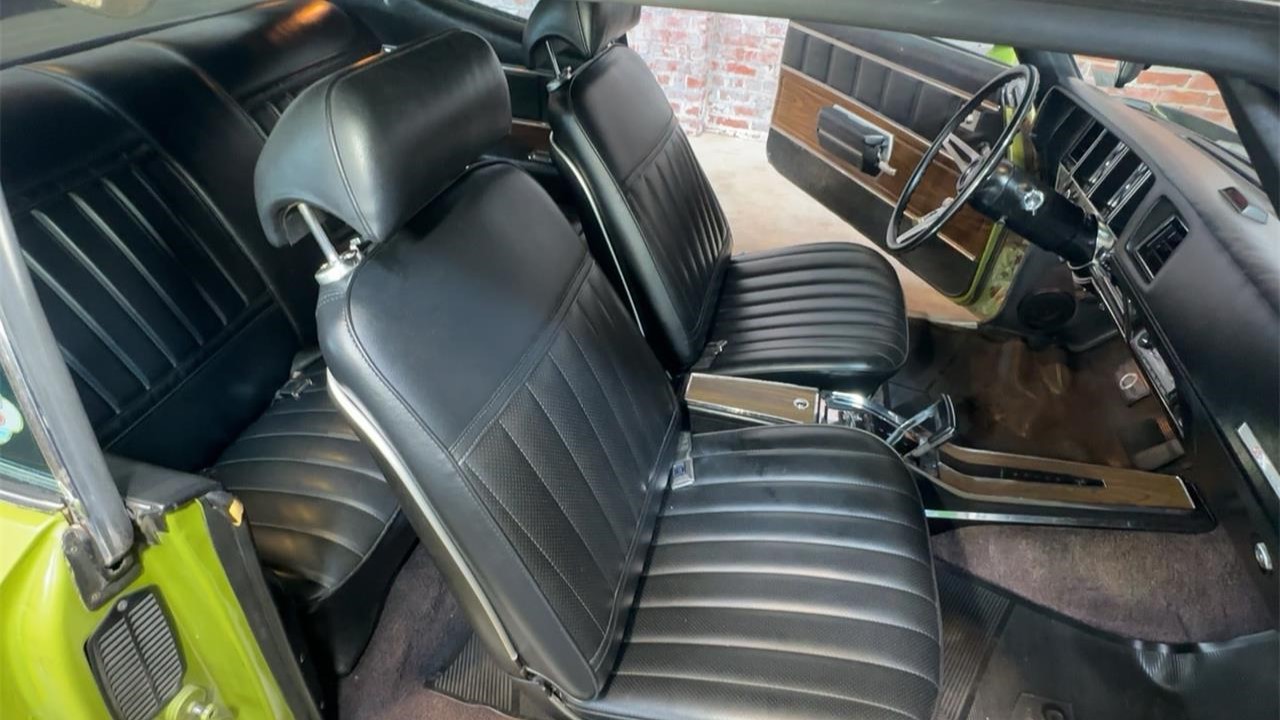
Buick reconfigured the GS series for 1971 by including both the 350, 455, and Stage 1 in one series (before, it was GS and GS 455/Stage 1). The detuned Stage 1 was rated at 345 horsepower, which was higher than the Pontiac 455 HO (335) but lower than Oldsmobile’s W30 (350) and Chevrolet’s LS5 454 (365). A 30-horse spread among the engines doesn’t seem realistic, so perhaps the true test for a comparison would be net horsepower? In that case, the Poncho put out 310, the Olds 300, and Chevy 285. The Stage 1? Two-hundred seventy-five. So a 30-horse spread existed with net ratings as well, so let’s ask this: Did the GS suffer at the hands of its corporate cousins? Ask a Buick racer and he or she will say no.
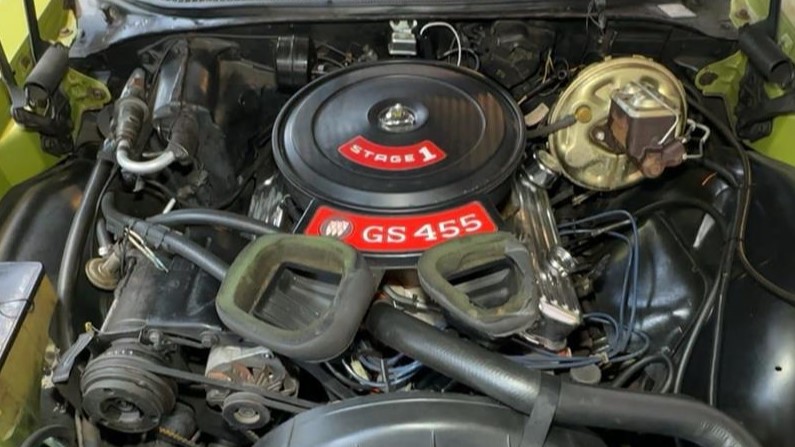
For 1972, though the engines were virtually identical to those from ’71, there was one or two mild emissions tweaks that killed horsepower a tad. The 455 HO fell to 300 horsepower, with the W30 rated the same. The LS5 fell to 270, which is also what the Stage 1 was rated. The top Mopar engines were rated within the same range, so the Stage 1 was in good company. And, like I said, ask a Buick racer.
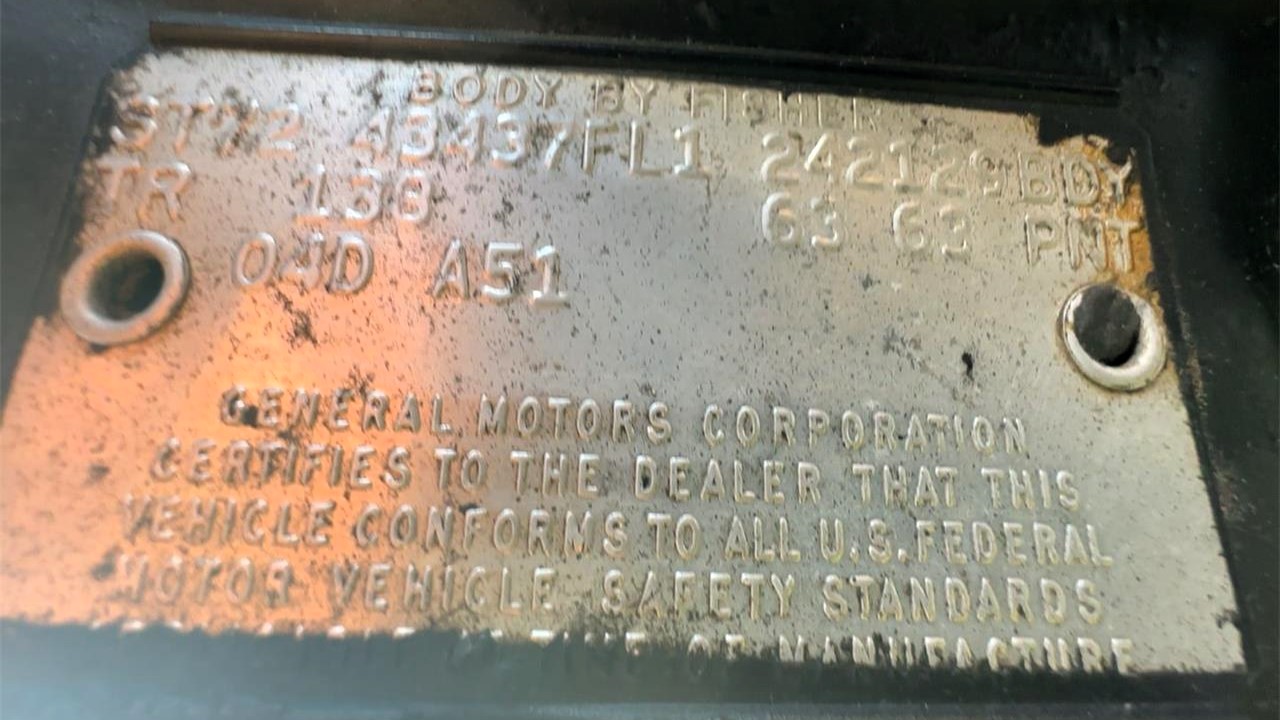
The strength of the 1972 Gran Sport is that GM finally put the engine code in the VIN (which Ford, Chrysler, and AMC had been doing for quite a while), so there’s no need to demand documentation. This 1972 Buick GS Stage 1 features a “V” in the 5th character of the VIN, which proves it is one of 728 coupes built with this engine—a determinant of pedigree earlier cars don’t have. Of those, an impressive 507 were built with an automatic transmission and air conditioning. It is also one of 72 Stage 1 cars painted Burnished Copper, though you can see it has received a green repaint that includes GSX stripes that were added in 2002. Considering only 44 GSXs were built in 1972, this may be a desirable modification for the image-conscious.
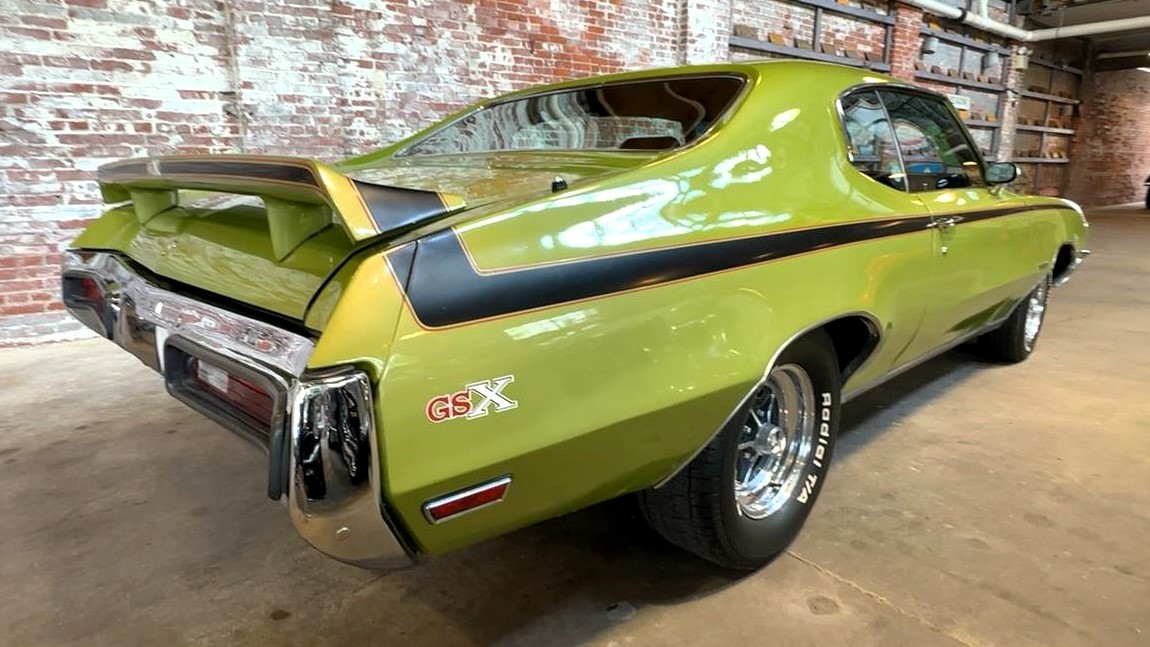
“Have service records!” proclaims the seller. “Motor and trans were rebuilt to factory specs in 1991, and 22,000 miles have been put on!” Brakes have been upgraded to four-wheel discs, and Edelbrock carb and headers have been added to the engine. Sounds like a nice driver, right? I also spy a remote left-hand mirror, console, new Kenwood stereo with CD player, Bluetooth, and USB port. For $43,996, this sounds like a very fun car, certainly one of the fastest for 1972.
Click here for this ClassicCars.com Pick of the Day.
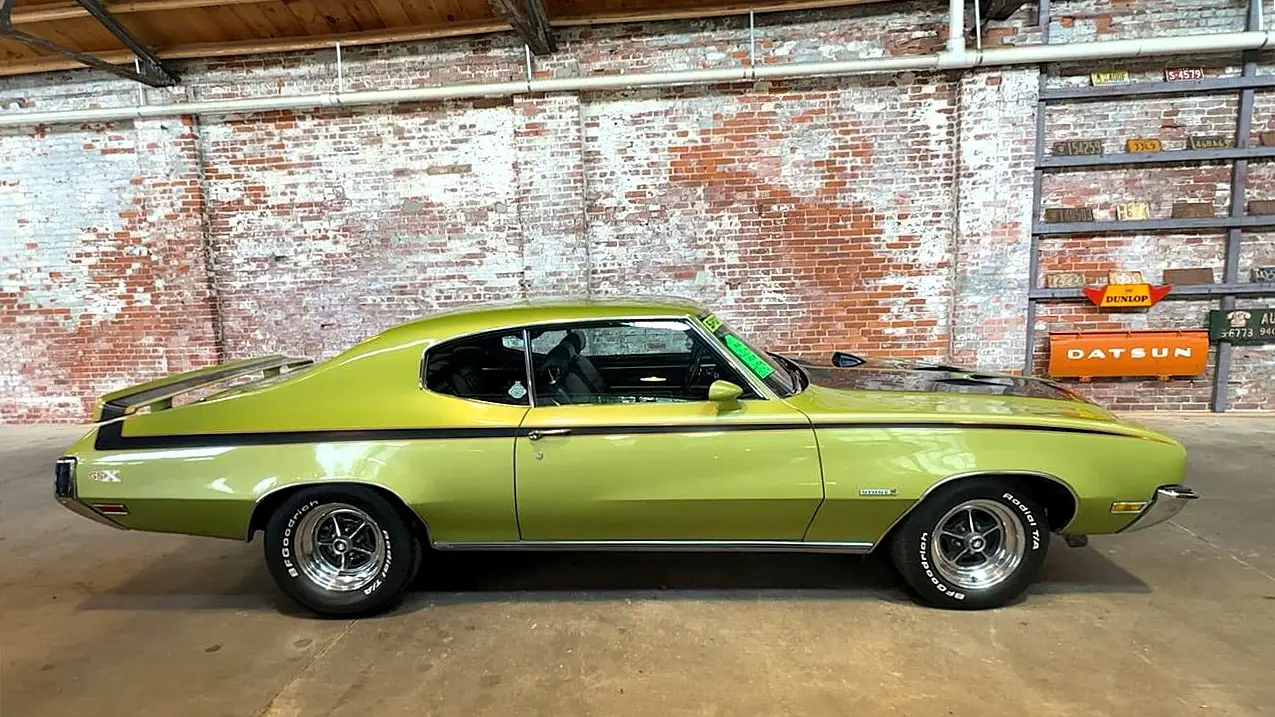
Comments are closed